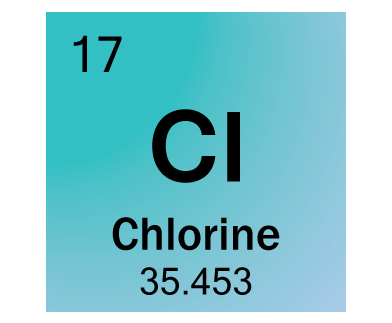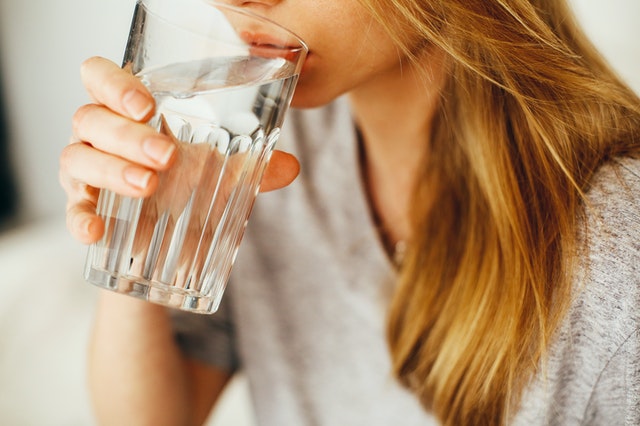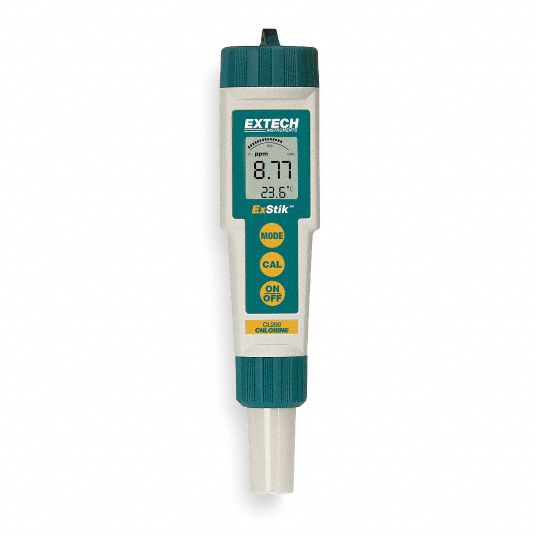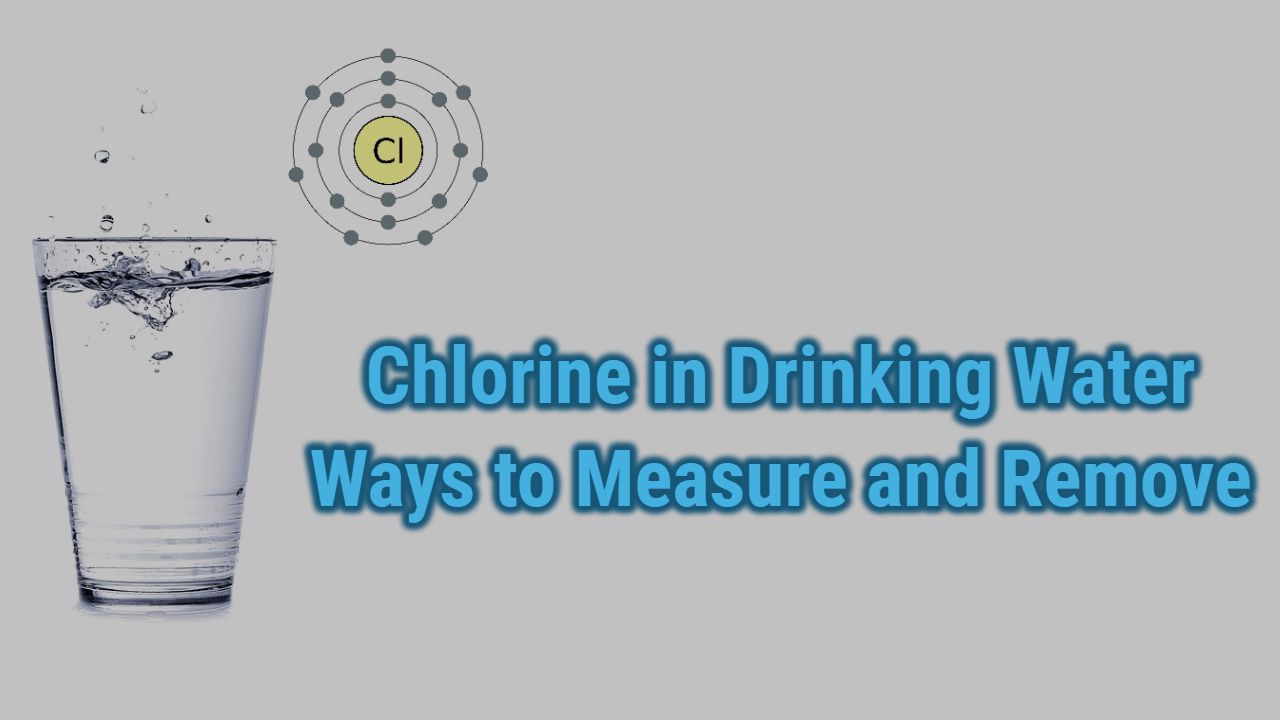We know water is a very sensitive topic, and this is because we all consume water in various forms. So it is obvious to keep our water clean and healthy. But we are also aware of the fact that water is dirty in some way or another. Today water contains many harmful substances which are very bad for drinking and our health.
Some of the harmful contaminants are heavy metals, iron, arsenic, lead, fluoride and chlorine etc. In general, these are the most commonly found contaminants in water and are harmful as well.
This article will be focused on Chlorine Water. What is chlorine water? How bad is chlorine water? How does chlorine water act as a disinfectant? How does chlorine get into the water? How can it be removed? And many other questions and doubts will be cleared. Let us see what exactly chlorine is and how it impacts us in various ways.
Table of Contents
What is chlorine?

Chlorine is a very powerful disinfectant. It kills and deactivates microorganisms. Chlorine is used in many ways. One of the most common ways is, chlorine is added to water to remove microorganisms. This process is called chlorination. However, chlorine, despite being a powerful disinfectant, does not remove all the microorganisms and pathogens.
Some of the properties of chlorine are:
- Chlorine is volatile and can get oxidized in air
- Chlorine is chemically reactive, reacts with many things
- Chlorine is corrosive
- Chlorine is distinctive; if added to water, an individual can know the taste and smell
Note– One should not get confused with the term Chlorination, as Chlorination means adding Chlorine to disinfect water.
Is chlorine water drinkable?

A simple answer is Yes. But chlorine water is fit for drinking only when chlorine levels are minimum and as per standard. It is said that a chlorine content of up to 4 milligrams per liter is safe to drink. This measurement is as per Environment Protection Energy. (EPA)
Why is chlorine a useful substance?
Chlorine acts as a powerful disinfectant. And it has been used for many years. In the earlier times, there were no technologies, so water is disinfected using chlorine. Hence, chlorination became popular. Chlorine is also used in many other different ways by industries and companies etc.
Ways to measure Chlorine in water

- Chlorine testing kit– it comes in a small bottle containing testing liquid. The liquid is added to the chlorine water in droplets, and color change shows the amount of chlorine in the water.
- Colour comparator Indicator– it measures the chlorine levels in the water, showing in color format and color chart format.
- Colorimeter– this is an exclusive chlorine tester device. It measures the chlorine level in the water.
- DPD (diethyl-p-phenylenediamine) tablets– it is a tablet that is used to measure chlorine water. There are 4 different DPD tablets. DPD1 measures chlorine water. DPD2 measures the level of monochloramine in water. DPD3 measures all forms of chlorine. DPD4 measures total chlorine only.
- Chlorine Test strips– the fastest way to measure chlorine in the water. The strip is dipped in water, and it shows the results. The strip is somewhat similar to the urine strip.
Ways to remove Chlorine content from water
- Evaporation– the simplest way and easiest way to get chlorine out of water. Since chlorine is a volatile chemical, it evaporates in the air. When chlorine is added to the water, and if the water is left for some time, chlorine content is automatically evaporated.
- Filtration- most common and widely used method. A reverse osmosis filter system removes the chlorine content in water. RO filter membrane is responsible for the removable.
- Chemical neutralization– chemicals like potassium and metabisulfite are added to chlorine water to remove the chlorine content.
- Using water distillation– distillation is an old method for water purification, and it can remove chlorine from water.
- Boiling the water– another handy and always ready formal is boiling the water. But boiling a large amount of water is not feasible and can become a costly process.
- Using separate filters like Carbon Activated filter or Ultra Violet filter– both these filters can also remove chlorine from water.
Possible health effects of chlorine water
- If you drink chlorine water for a long period of time, then there is the possibility of bladder cancer
- Skin irritation is another issue of using chlorine water
- Possible body rashes
Conclusion
So coming to the end of this informative article, we have in detail jotted down all the possible ways to test chlorine in water and various chlorine removing methods. We have tried to make you understand what chlorine is and what its properties are.
Chlorine in minimal quantities in water can be used for drinking, but it is not recommended in high amounts. According to the EPA, up to 4 milligrams of chlorine per liter is safe to drink.
However, if you see it long-term, it is not recommended to drink chlorine-based water; it can have detrimental health issues. And moreover, chlorine is often used to disinfect water in swimming pools and small water bodies. Cautious use of chlorine is recommended for individuals.
